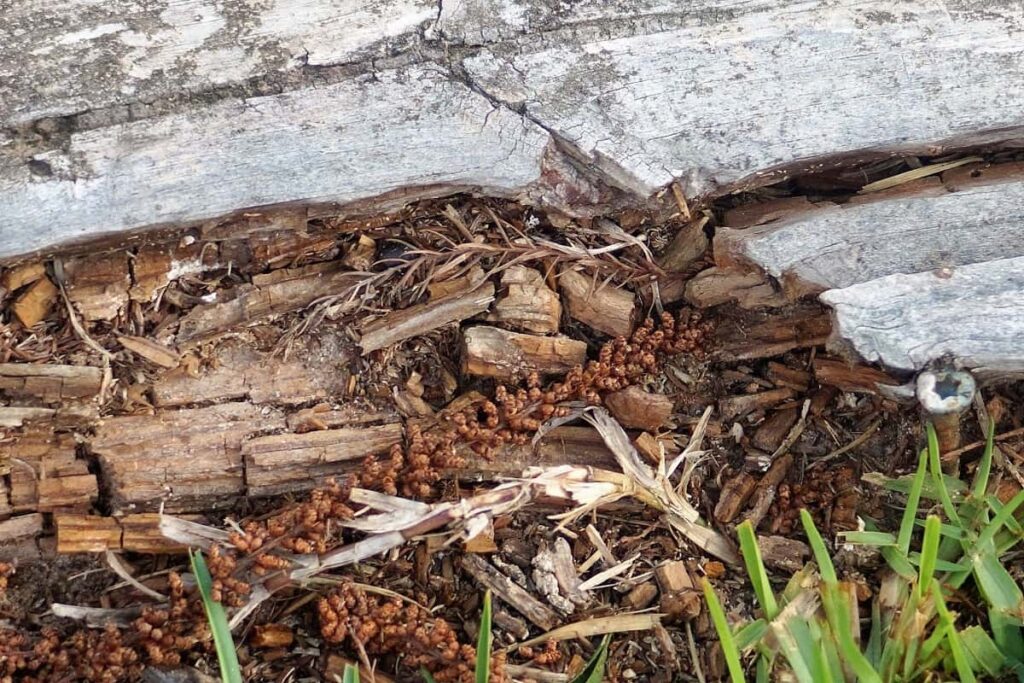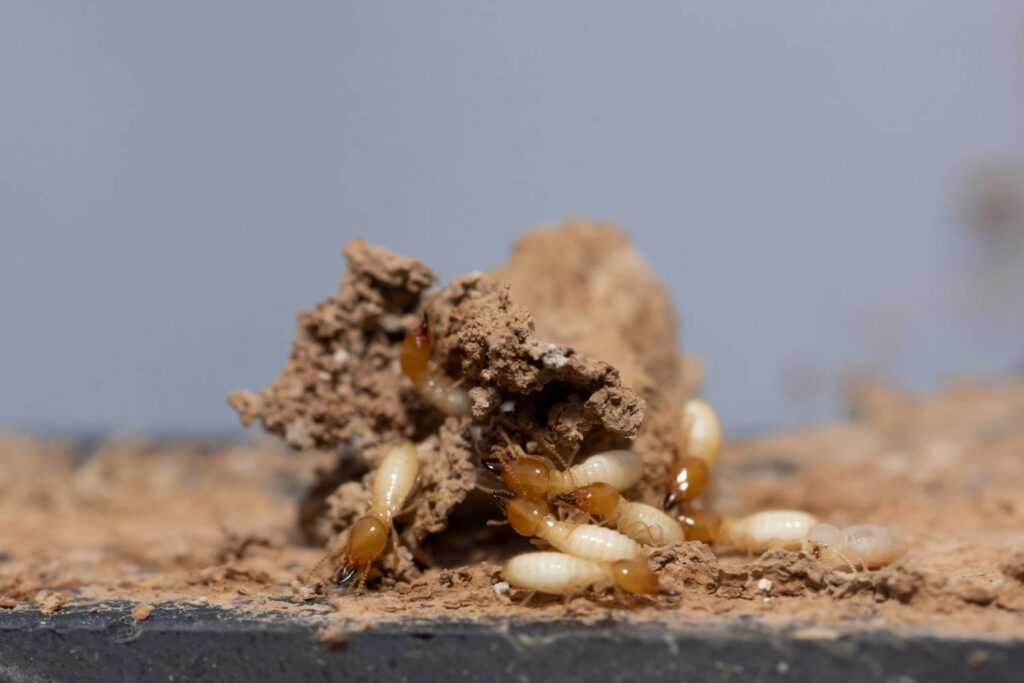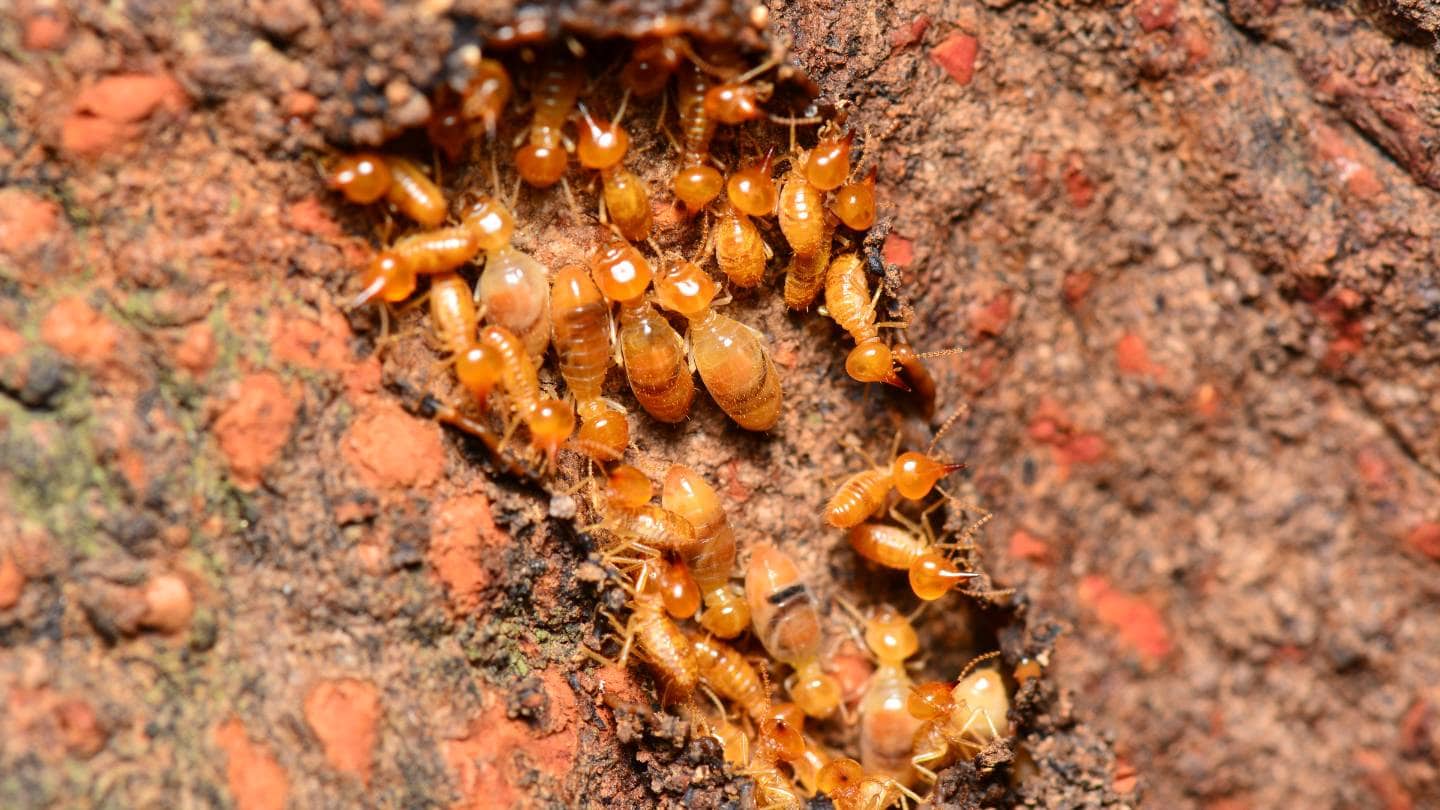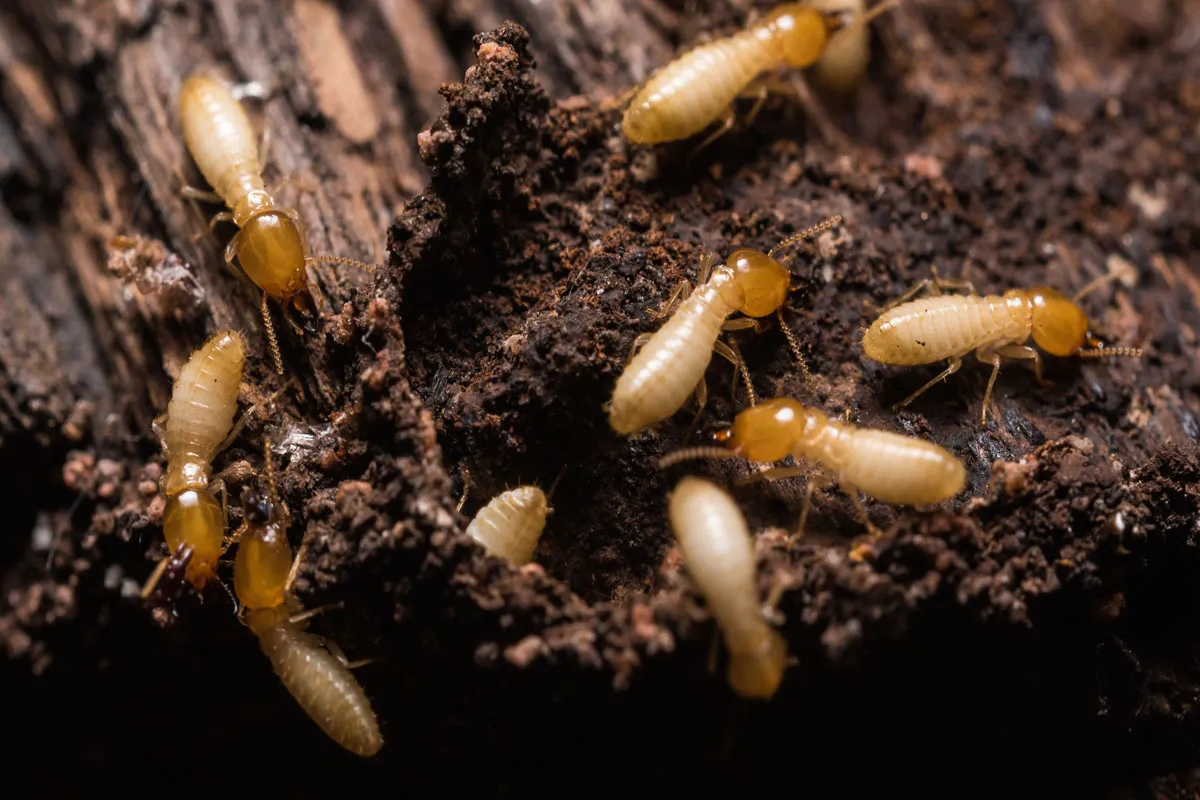What Are the Common Types of Termites Affecting Sydney Homes?
Sydney homes are commonly affected by two types of termites: subterranean termites and drywood termites.
Subterranean Termites
Subterranean termites are the most destructive termite species in Sydney, living in underground colonies that can contain millions of insects. These pests build distinctive mud tubes to travel between their nests and food sources, attacking timber from the ground up. They require constant moisture and typically target foundations, floor joists, and any wood-to-soil contact points making best termite control sydney important.
Drywood Termites
Drywood termites operate differently, establishing colonies directly inside the wood they consume without needing soil contact. Though less common than their subterranean cousins, drywood termites in Sydney infest attics, furniture, and wooden fixtures, leaving behind tiny fecal pellets as telltale signs of their presence.
How These Termites Destroy Your Property
Both termite species feed on cellulose found in wood, but their attack patterns differ significantly:
- Subterranean termites hollow out timber from the inside, leaving a thin veneer that masks extensive internal damage
- Drywood termites create smooth galleries within wood, weakening structural integrity without obvious external signs
- Damage progresses silently for months or years before becoming visible
A single colony can consume several kilograms of wood annually, compromising load-bearing structures and creating safety hazards.

Why Identifying Termite Types Matters
Recognizing which termite species has invaded your property determines the most effective treatment approach. Subterranean termites require soil treatments and moisture control, while drywood termites need localized fumigation or heat treatments. Misidentifying the species leads to wasted money on ineffective solutions and allows infestations to spread unchecked. Professional inspectors trained in termite species Sydney identification can accurately diagnose the problem and recommend targeted protection strategies that address your specific infestation type.
Why Is Regular Termite Inspection Crucial for Homeowners?
Termite inspections Sydney services provide the first line of defense against hidden infestations that could be silently destroying your home. Regular inspections catch termite activity in its earliest stages, often before visible damage occurs, giving homeowners the advantage of addressing problems when treatment costs remain minimal.
The Power of Early Termite Detection
Professional inspectors identify warning signs invisible to untrained eyes. Termites can consume wood for months or even years before homeowners notice structural issues. Early termite detection through scheduled inspections reveals:
- Mud tubes along foundations or walls
- Moisture accumulation in crawl spaces
- Frass (termite droppings) near wooden structures
- Soft spots in timber that indicate internal hollowing
- Additional warning signs of termite infestation that may be present in your yard
Financial Protection Through Prevention
The termite inspection benefits extend far beyond pest identification. Annual inspections typically cost between $200-$400, while repairing termite damage averages $3,000-$8,000 per incident. Some severe infestations require structural repairs exceeding $20,000. Insurance policies rarely cover termite damage, making prevention through regular checks a sound financial strategy.
Property value preservation represents another critical advantage. Real estate transactions often require termite clearance certificates. Homes with documented inspection histories and clean reports command higher prices and sell faster than properties with unknown termite status.
Professional Peace of Mind
Licensed inspectors bring specialized training and equipment that DIY approaches cannot match. They examine areas homeowners typically overlook—subfloors, roof voids, wall cavities, and external perimeters. Their detailed reports document current conditions and highlight risk factors requiring attention, creating a comprehensive protection strategy tailored to your property’s specific vulnerabilities.
How Do Homeowners Mistake Termites for Other Wood-Damaging Insects?
One of the most common mistakes Sydney homeowners make when identifying termites is confusing them with carpenter ants. This confusion arises because both pests infest wood, but they require completely different methods of treatment.
Carpenter ants have a distinctive pinched waist, bent antennae, and wings of unequal length when present. Termites display straight antennae, a broad waist connecting their thorax and abdomen, and equal-length wings. The physical differences become crucial when determining which pest control strategy to implement.
Visual Clues That Distinguish Termites from Other Pests
The evidence left behind tells different stories:
- Termite mud tubes: Pencil-width tunnels made of soil and wood particles running along walls or foundations
- Carpenter ant frass: Coarse wood shavings mixed with insect body parts pushed out of galleries
- Carpenter bee holes: Perfectly round entrance holes approximately 1.5cm in diameter with sawdust below
- Termite wings: Discarded wings near windowsills or doors after swarming season
Carpenter bees create clean, circular tunnels in exposed wood surfaces, particularly eaves and railings. Their damage appears more localized compared to termites’ hidden destruction within wall cavities and structural timbers.
Misidentifying these pests leads to inappropriate treatment methods that waste money and allow actual infestations to worsen. Applying ant bait to a termite colony or using surface sprays on burrowing termites proves ineffective. Professional identification ensures the correct pest control protocol targets the specific species causing damage, protecting your Sydney home’s structural integrity from the right threat.
What Are the Risks of Underestimating Termite Infestations?
Underestimating the severity of termite damage that Sydney homeowners face can lead to devastating financial consequences. Termites cause over $1 billion in property damage across Australia every year, with individual repair costs often exceeding $10,000 for structural restoration.
The Dangers of Misconceptions
Many homeowners believe that treated or painted timber is immune to termite attacks. This dangerous misconception allows infestations to thrive unnoticed behind seemingly protected surfaces. Termites can easily penetrate through tiny cracks in paint and protective coatings, continuing their destruction while the outside appears intact.
Ignoring termite signs risks catastrophic structural failure:
- Hollow-sounding wood when tapped indicates extensive internal consumption
- Sagging floors or ceilings signal compromised support beams
- Buckling floorboards reveal hidden moisture damage from termite activity
- Cracked or bubbling paint hides termite galleries beneath the surface
- Tight-fitting doors and windows result from warped frames weakened by infestation
The Subtle Nature of Warning Signs
The subtle nature of these warning signs often leads homeowners to dismiss them as normal wear or minor cosmetic issues. However, it’s important to understand that termites consume wood from the inside out, leaving thin veneers that collapse under pressure. By the time visible damage becomes apparent, colonies have typically been feeding for months or even years.
The Impact of Sydney’s Climate
Sydney’s humid climate accelerates termite activity, making early intervention critical. A small infestation detected during a routine inspection can be treated for hundreds of dollars, while delayed action may require thousands in structural repairs. The costly termite repairs extend beyond just replacing timber; they may also involve foundation work, electrical rewiring, and plumbing adjustments due to compromised structures.
The Importance of Professional Assessment
To accurately determine the severity of an infestation, it is essential to seek professional assessment. This remains the only reliable method for gauging how extensive the termite damage is. Regular termite inspections are crucial in identifying potential infestations early and mitigating further damage.

Why Should Homeowners Avoid DIY Termite Treatments Without Professional Help?
DIY termite treatment risks significant gaps in detection and elimination because store-bought products only address visible areas while termites often hide deep within walls, foundations, and subfloors. Homeowners lack the expertise to identify the full extent of colony networks, leading to partial treatments that allow infestations to continue spreading undetected.
Professional pest control Sydney services employ specialized equipment that reveals what the naked eye cannot see:
- Moisture meters detect elevated humidity levels indicating termite activity behind walls
- Thermal imaging cameras identify temperature variations caused by termite colonies
- Acoustic sensors pick up termite movement sounds within timber structures
- Borescopes allow visual inspection inside wall cavities without major demolition
These expert termite detection tools enable technicians to map entire infestation zones accurately, something impossible with retail spray cans or basic treatments.
Licensed professionals design customized treatment plans based on your property’s specific vulnerabilities:
- Baiting systems strategically placed around perimeters to eliminate entire colonies
- Soil treatments creating chemical barriers beneath foundations
- Physical barriers installed during construction or renovation phases
- Timber treatments applied to vulnerable structural elements
Each Sydney property presents unique challenges—soil type, building materials, landscaping features, and moisture patterns all influence which termite protection strategy works best. Professionals assess these variables to implement solutions targeting your home’s specific risk factors.
The cost difference between professional service and DIY attempts becomes negligible when considering potential structural damage from incomplete treatments. Termite Protection Sydney: 5 Mistakes Homeowners Should Avoid includes attempting complex pest elimination without proper training, tools, or understanding of termite biology and behavior patterns.
Related : Pest Control Termite Treatment Sydney: How Long Before You See Results



